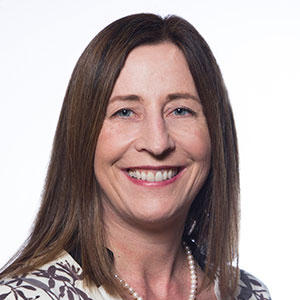
Christina Buysse, MD
Clinical Associate Professor
Developmental Behavioral Pediatrics
Developmental & Behavioral Pediatrics
750 Welch Rd, Ste 212
Palo Alto, CA 94304
Phone:
(650) 725-8995
Fax:
(650) 724-6500
Locations

Stanford Medicine Children's Health Specialty Services - Sunnyvale
1195 West Fremont Avenue
Sunnyvale, CA 94087
Phone : (408) 426-5590
Fax : (650) 724-6500
Conditions
Spina Bifida
Work and Education
Professional Education
University of Michigan Medical School, Ann Arbor, MI, 6/13/1991
Residency
Children's Hospital Medical Center of Northern California, 6/30/1994
Fellowship
Stanford University Developmental-Behavioral Pediatrics Fellowship, Palo Alto, CA, 6/30/2015
Internship
Children's Hospital Medical Center of Northern California, 6/30/1992
Board Certifications
Developmental Behavioral Pediatrics, American Board of Pediatrics, 2017
Languages
English
Connect with us:
Download our App: